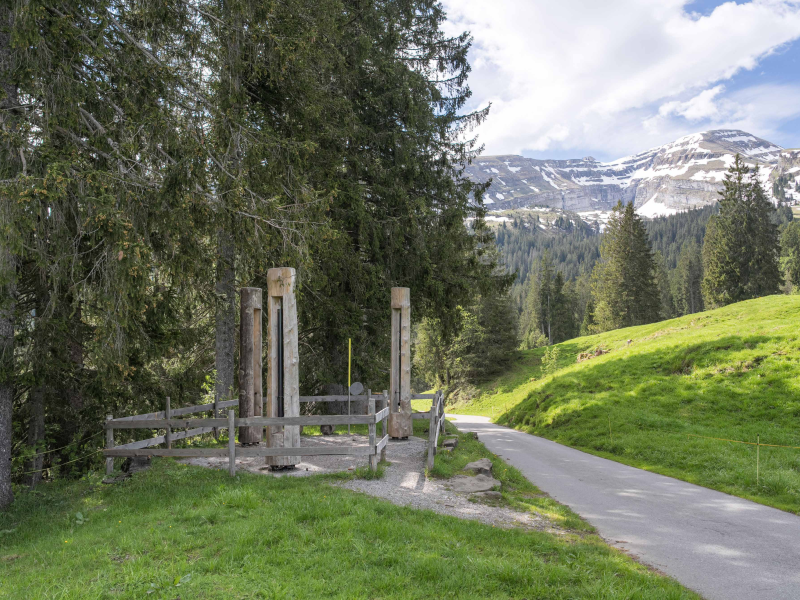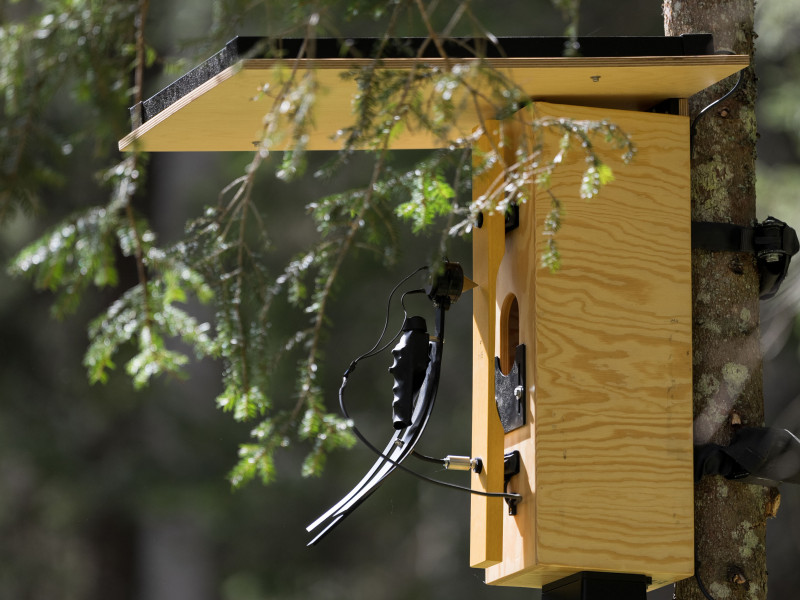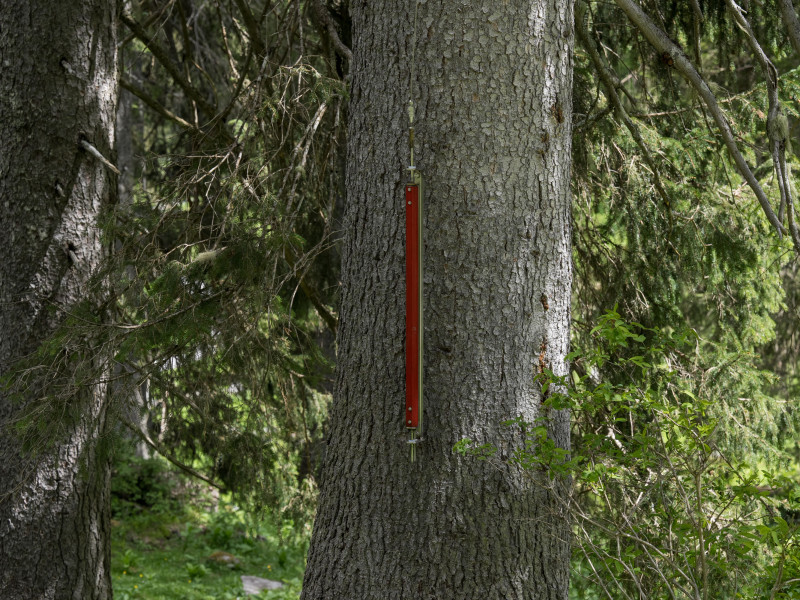
On the alp, the cows are allowed to roam as they please. When it is time to be milked, the farmers in Toggenburg have a special way of luring their cows to milking: they traditionally use very specific tones or tone sequences to call them.
The oldest cow calls
Some of these tone sequences and melodies were written down, printed and passed on to the next generations. They are called ‘Kuhreihen’ or ‘Kuhreigen’ and ‘Kühreigen’. The oldest preserved ‘Kuhreihen’ dates from 1545 and is titled ‘Appenzeller Kureien Lobe lobe’. In the Alemannic and Romance Alpine dialects, the word Lobe means ‘cow’. Even today, cows are still called ‘Loobe’ or ‘Loobeli’ in some parts of Switzerland.
In some places, the cow calls have also been turned into songs. The oldest known example of a cow call with lyrics is found in a songbook from 1730.
Living tradition
Today, playing a cow call – for example on a simple wind instrument – is part of the region's culture and is performed at various traditional occasions, festivals and events. At the Kuhlöckler installation on the Toggenburg sound trail, you can now strike the sound tubes with a hammer and compose your own melody to attract cows, and perhaps also sheep or goats.
For more information: The historical dictionary of Switzerland
About the artist
Idea and concept: Rainer Michaelis Production: Stolz Joinery


